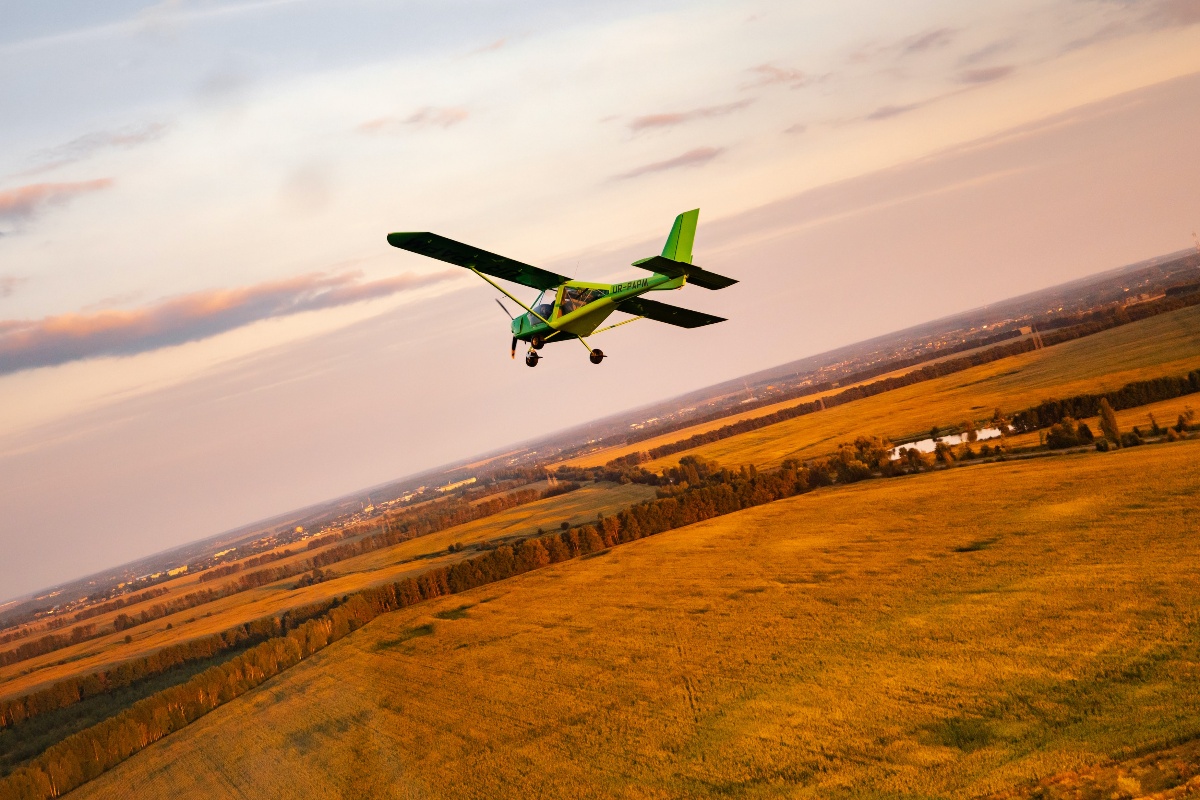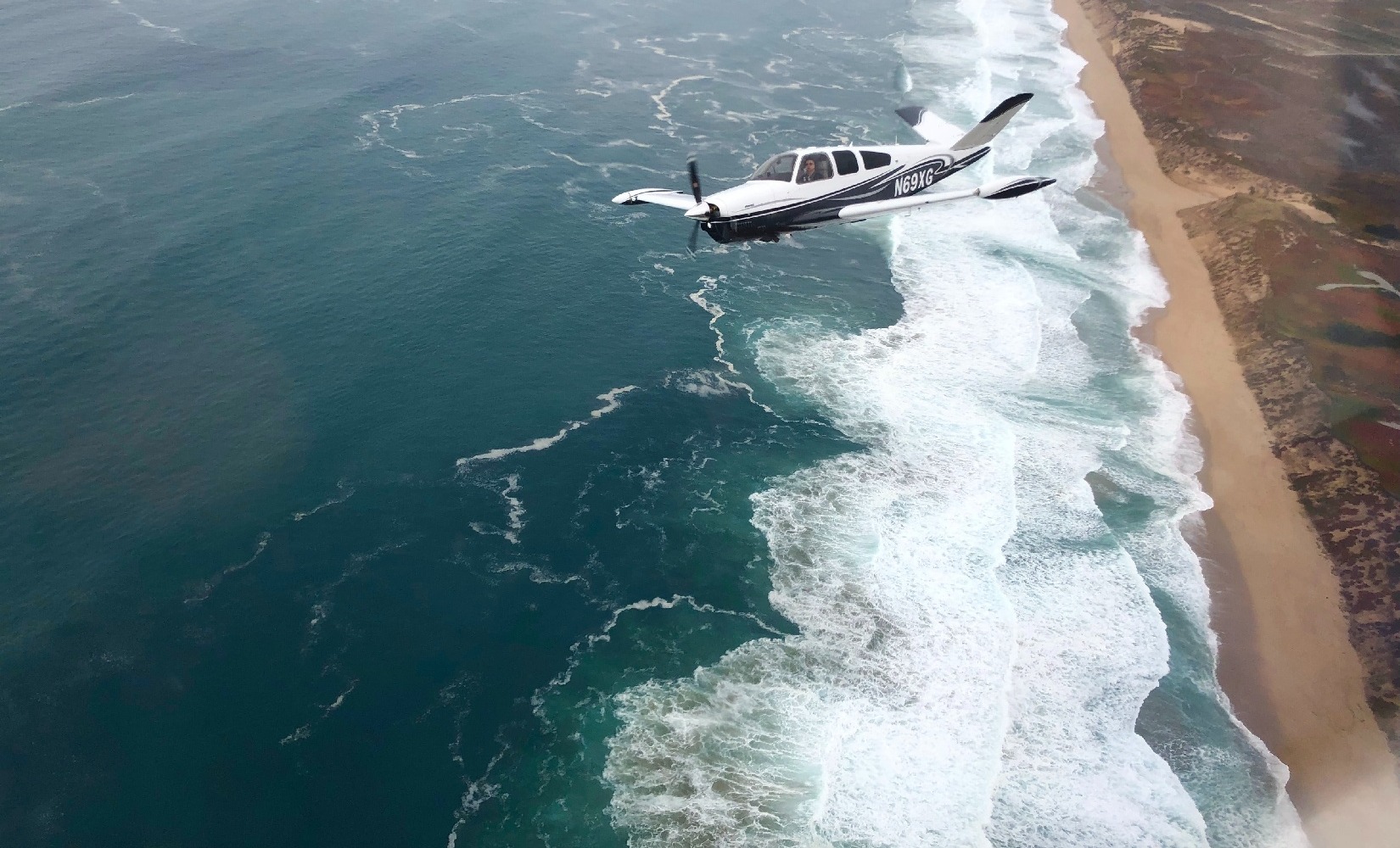5 Concepts in Business That'll Improve Your Pilot Proficiency Plan
In AC no. 61-98D, the Federal Aviation Administration (FAA) encourages pilots to build a proficiency plan and tailor it to their individual flying goals. The agency provides pilots the flexibility to create a plan that meets their needs and preferences. However, without clear direction, many pilots default to occasional maneuvers training as their only means of staying proficient.
Ever since I left the flight instruction profession and gained experience leading the marketing strategy and road mapping for various products at Redbird, I started approaching my pilot proficiency plan more like a business plan. Now several years into this practice, I have found that dedicating the same structure to my proficiency plan as I would to a project in my professional life gives my proficiency training a proven template that I know can be successful for me.
My plan consists of five main components:
- Mission
- Objectives
- Policies
- Procedures
- Budget
A few of these components may seem superfluous for proficiency training, but after using them in my plan for several years, I would argue that many pilots simply overlook them. Let’s dig into each component to help you evaluate if your proficiency plan meets the criteria you need to continue improving your flying or if it could use a refresh.
1. Mission
The mission of an organization dictates its fundamental purposes and describes exactly what it wants to achieve.
Take some time to think about the end goal of your proficiency training. You want your mission to be specific enough for you to know what you are trying to achieve, but it can be broad and aspirational in scope. You will fill in the detailed steps of your training program later.
The mission of my proficiency training is "to master the science and art of aviation." Another mission could be "to feel confident in your ability to perform at your level of certification or higher." You should determine your mission by what you want from your flying and who you want to be as a pilot.
Related Content: What Does a Proficient Pilot Look Like?
2. Objectives
Objectives represent the results an organization aims to reach in order to achieve its mission. You also can think of objectives as short-term goals or targets.
Currently, most personal proficiency plans do not get past the ‘Mission’ section of this exercise. Unfortunately, absent of the other components, many pilots default to self-measuring their proficiency. Research suggests this is a flawed system, as pilots—like most people—are susceptible to rationalization. We can talk ourselves into thinking we have achieved subjective outcomes like confidence when areas of our flying still need improvement.
That’s what makes your objectives so critical to developing a proficiency plan that holds you accountable and helps you improve. Your objectives add another layer into your evaluation of proficiency, as you can’t claim mastery in something for which you have not even met your short-term goals.
In my proficiency training, I focus on meeting or exceeding the following objectives:
- Log 50+ hours a year in an airplane
- Fly an airplane twice a month
- Fly instrument procedures in a flight simulator twice a month
- Fly two long (300+ nm) cross-country flights a year
For me, these objectives are easy to measure, and I believe they help me achieve my mission.
3. Policies
Policies are statements of understanding or a course of action. They guide the decision-making process for all the activities of an organization. Consequently, they also impose limits on the scope of decisions.
Much of the FAA guidance on pilot proficiency and pilot operations focuses on policies. PAVE, IMSAFE, CHAPS, and most of the other acronyms pilots learn in their training emphasize adherence to established best practices. Unquestionably, pilots should start formulating their policies with the guidance the FAA already provides. I also think it is beneficial to add your own policies to the mix based on your personal experiences flying. For example, I adhere to the following policies as part of my proficiency plan.
Weather Minimums: DH +100, 1/2 sm, stay out of the red
For most pilots, personal weather minimums should be the first policy they set. Personally, I feel confident in my instrument flying abilities. I fly our flight simulators a lot, so I actually feel strongest in this area of my flying. However, I never want to penetrate a thunderstorm, and staying out of the red requires a lot of decision-making. It involves understanding NEXRAD, onboard radar (if you have it), WeatherLink delays, and much more.
Fly with a CFI once every quarter
This policy is self-explanatory, but I have to push myself to meet it. If I did not write it into my proficiency plan, it would be easy to prioritize other obligations. Yet, regularly flying with another CFI is one of the best ways to assess objectively which areas of my flying need attention.
Always shoot an IAP in a flight simulator first
To meet this policy, I have to fly every approach at an airport on the simulator at least once before I fly there in the plane, and I also need to fly every approach at three to four nearby airports in case I need to divert or have an alternate. This policy helps me prepare for when I get to a destination airport, and it also prompts me to complete several instrument procedures in the simulator each time before I fly.
Of course, once I am in the airplane, the weather or the airplane condition could dictate that I shoot an approach at an unfamiliar airport. However, my goal is never to put myself into that situation, and this policy helps me achieve that.
Related Content: 5 Tips to Stay Proficient on a Home Flight Simulator
4. Procedures
Procedures describe the exact manner in which something has to be done. They guide actions for activities that managers and employees perform.
I follow four main procedures to help me carry out my proficiency plan.
Schedule flights three months in advance
I have a toddler, and I can get busy at work, so booking this far in advance helps keep me accountable.
Fly a flight simulator every other Thursday
Working at Redbird, getting simulator time is a little easier for me. However, I think this is a good policy for every pilot. Generally, simulator training is a more dependable training event to look forward to than aircraft training, which is more prone to delays from maintenance and other factors. If your flight school allows you to purchase blocks of simulator time, look into it to help you stay consistent with your training.
Have a written goal for every flight and log the outcome
A goal can be as simple as flying from point A to point B, but I try to expand it to increase my proficiency. If I am going on a flight, I may say I want to fly it at instrument checkride standards or higher the entire time or that I want to learn a specific function in my EFB. Whether I meet my goal or not during the flight, I make myself log the outcome to hold myself accountable.
Build a personal checklist for each aircraft type flown
Aircraft manufacturers produce an aircraft-specific checklist in the Pilot Operating Handbook (POH). When I fly a new airplane, I run through the POH checklist several times throughout multiple flights and build a personal checklist for myself.
It typically includes everything in the POH checklist, plus a few other reminders that I deem important when I fly that airplane. For instance, I will make a point to ensure ForeFlight is on a specific page or that I have loaded a backup approach in the flight plan before I take off. This process helps enforce systems knowledge of the specific airplane, and it also makes me think through the whole arch of the flight before I get into the aircraft.
Related Content: What the Average Pilot Looks Like and Why You Shouldn't Settle
5. Budget
A budget is a financial plan concerning the revenue and costs of a business. Budgets reflect priorities and express a plan numerically.
Flying can be valuable and affordable, but it certainly is not cheap. To keep yourself on track in your proficiency training, it is important to budget dollars for flying before you allocate them elsewhere. Whether you set a monthly or quarterly budget, knowing what you need to set aside for proficiency training makes it easier to sacrifice discretionary spending elsewhere as needed. Functionally, most pilots need a budget to follow through on their training, but few take the time to create one for proficiency purposes.
The Bottom Line
This outline will not work for everyone, but it does provide the type of structure I believe most pilots can benefit from in their proficiency training. To devise a plan you will follow, you have to be honest with yourself about the parameters you need to set to hold yourself accountable and achieve your goals. Your plan should be thorough enough to see all the angles and potential roadblocks and realistic enough that you will actually use it.
Share this
You May Also Like
These Related Articles

The Three Underlying Causes of General Aviation Accidents

4 Lessons in Pilot Proficiency I Learned From My Father
-1.jpeg)